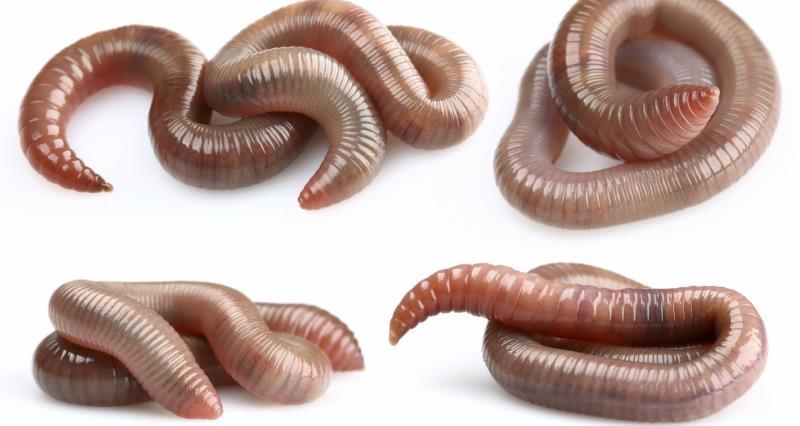Whichever way you choose to describe your composting worms, it is important to remember that they are not just for gardeners and landscapers. They are an invaluable help to so many landfills around the world. Their unique features make them extremely useful.
Furthermore, its never too late to learn how to start worm composting. Magnetic, red worm farming is easy to do.
Red worms are usually in pairs. They are not really interested in each other much, thus they have no desire to feed on each other. They do develop hatred to one another though. It is important to remember that the worms in a worm farm are the same exact worms that live in the worm bin as they do in your back yard.
Adding moist bedding, such as bedding made of shredded cardboard. Almost any organic material can be added to the bedding. Kitchen counters, crushed egg shells or even mulch from top of the ground can do the trick. Do not ever add a vegetable peeler or a citrus fruit. These are too acidic for worm feeding. You can also do organic seeds or even fruits and vegetable wastes.
Red composting worms are happiest when there is temperatures that range from 60 to 85 degrees Fahrenheit, however they also do okay in lower temperatures. They need the proper temperature for the activity of composting to happen. The best temperature for worm composting to happen is within 80 to 90 degrees. Just remember, do not expose them to temperatures below or over 50 degrees Fahrenheit.
Red compost farming requires a few supplies and also an eight to 12 hour period between adding the bedding to the worm bin. Changing the bedding every 10 to 14 days is a must. You will only need to do this when you noticed that the bedding is becoming dry. You must also add in shredded newspaper, coffee filters and some shredded cardboard for air. The worms produce compost that is produces either black or dark colored soil. Adding red coloring adding pinches of soil will also change the color of your soil to red.
After you have filled up the worm bin with original bedding, dry garden soil and the dirt from your garden, you must then put the worms in the worm bin. Make sure they are, undisturbed and simply wait for them to be in a breeding position. Done this way, the small worms will provide organic material for your worm compost. You will be able to increase the population of red composting worms as well as give the others room to breathe.
One of the best things about red composting worms is that you will never have to worry about using a pitchfork, because earthworms are simple to pick. They are also easy to raise. Larger worms are easy though, to collect. They will generally emerge from the upper layer of the soil and will then change directions and start moving along the bedding you have already placed in the worm bin.
It is recommended not to feed the red compost worms with any organic material that is meat, dairy or seafood. parasite bland will do the trick of killing red compost worms. Any other type of organic feed you have on your worm farm will accomplish a completely different effect.
Worm compost is superb soil fertilizing and when one eats into your worms, you will get organic fertilizer in return. Plus, you will also get a nutrient-rich worm castings for your plants, which is a fertilizer in itself.
White worm farming is an easy way to do organic gardening by using red compost worms. It has more nutrients compared to other soil casting worms called eisenia fetida.

